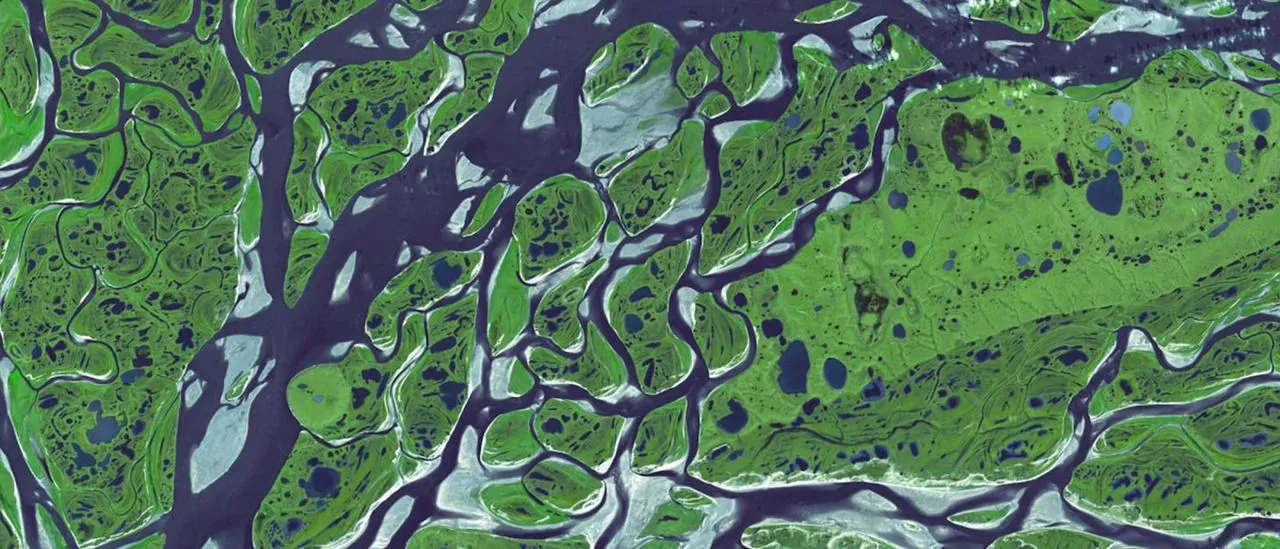Spatial Data Science Course - Information, Fee, Syllabus.
Value Addition Course
Offline
Online
Duration: 2 months
Spatial Data Science Course Information
Course Title: Spatial Data Science and Applications
Duration: 2 months
Training Modes: Offline/Online | Part-time/Full-time
Timing: Min 3 hours/day | Max 8 hours/day
Spatial Data Science Course Eligibility
- Basic knowledge of windows operating system
- Understanding of GIS fundamental concepts
Spatial Data Science Course Overview
As the world increasingly relies on location-based data to inform decision-making across diverse sectors, the demand for skilled professionals in Spatial Data Science has never been greater. Spatial Data Science and Application (SDSA) is designed to empower individuals with the expertise to harness the potential of spatial data, blending the realms of Geographic Information Systems (GIS), Remote Sensing, spatial analysis, data science, visualization, and programming.
Spatial data science Course includes Data engineering, Dara enrichments technics, Cartographic design with emphasizing effective visual thinking and visual communication, Geo-visual analytics tools, Data Transformation and Manipulation, Using Suitability Models, Machine learning approach, to solve problems. Train and evaluate a model, Object Detection with Deep Learning, Statistical clustering methods to analyze patterns, geospatial intelligence professionals to apply and interpret results of non-quantitative analysis and modeling techniques, Predictive Analysis.
Learning Objectives of Spatial Data Science Course
- Explore how spatial data, tools, and analysis techniques augment traditional data science.
- Applying data engineering and visualization techniques in ArcGIS Pro and ArcGIS Notebooks.
- Use Spatial Approach to Predictive Analysis Prediction
- Incorporating spatial properties into modeling workflows deepens understanding of data and adds predictive power.
- Apply random forest, a widely used machine learning approach, to solve problems. Train and evaluate a model, then use it to generate robust predictions.
- Understand and apply Optimal Locations Using Suitability Models, Perform a weighted overlay analysis that considers and ranks multiple suitability criteria, Transform data using functions to more completely represent suitability impact
- Identify patterns and clusters in data and determine if they are meaningful, Apply statistical clustering methods to analyze patterns in space as well as time. Create a space time cube, then use space-time pattern mining tools to explore spatiotemporal trends and determine where and when high and low clusters occur.
- Object Detection with Deep Learning Take a deep dive into extracting information from massive data using deep learning. Learn how to automate the process of detecting objects and identifying features from imagery.
- Communicating Results with Impact Successful analysts and data scientists must be effective storytellers. Learn how to present a complex analysis using information products that resonate with your audience. Design and build inter active, visual stories that share the key information you want decision-makers to understand and act on
Softwares taught in Spatial Data Science Course
- ArcGIS Pro
- Python IDLE
- Python Window in ArcGIS Pro
- Python Notebook in ArcGIS Pro(Jupyter Notebook)
Technologies included in Spatial Data Science Course
- GIS Scripting
- Data Science (Machine Learning, AI)

